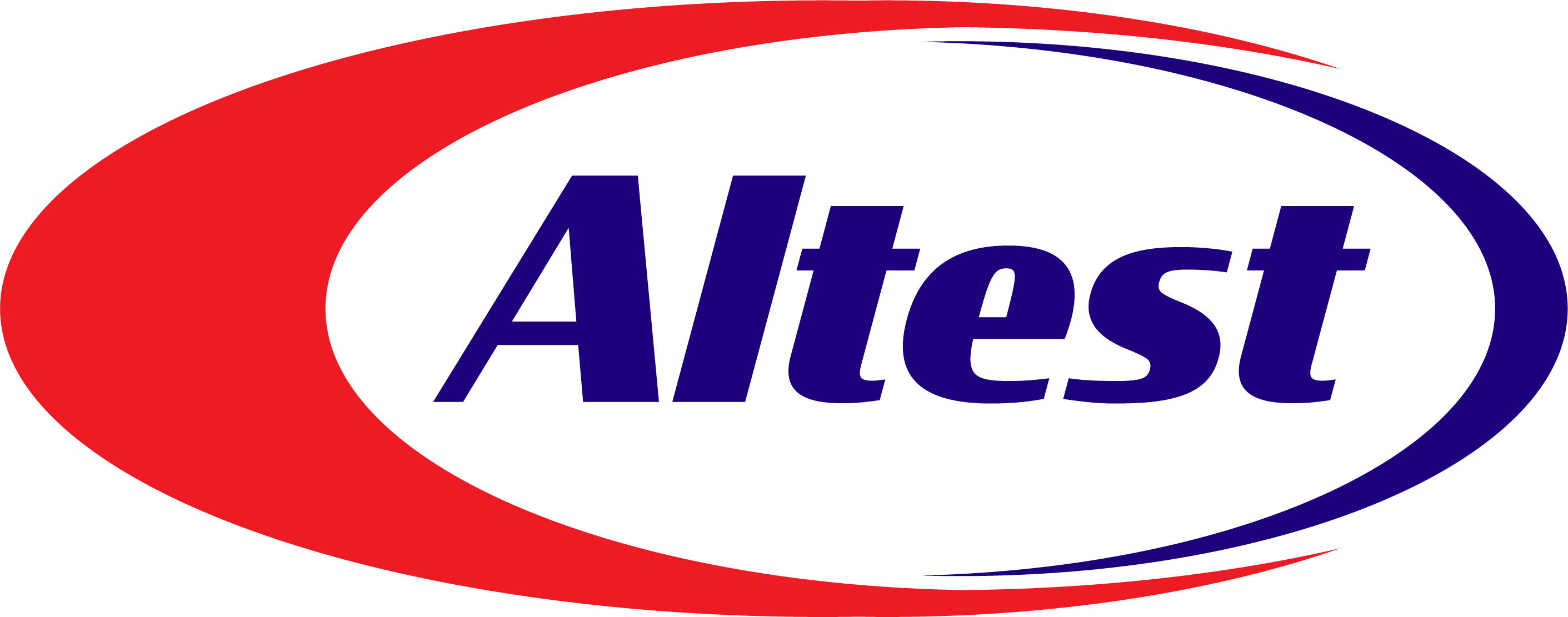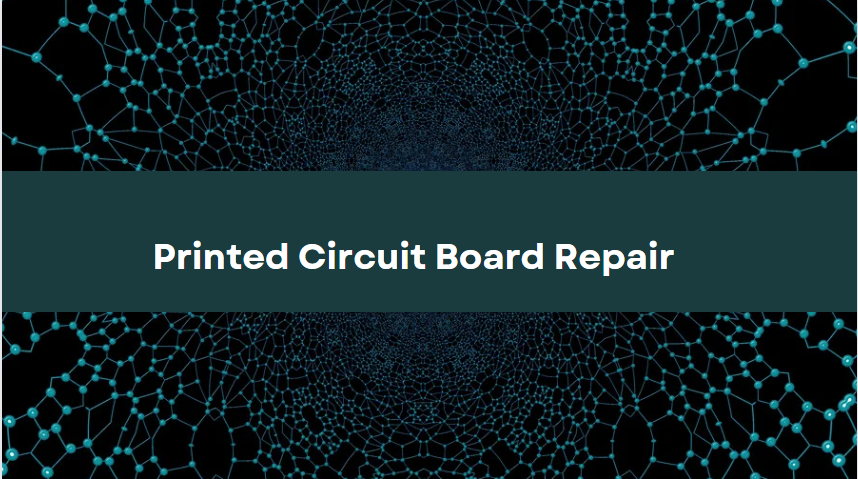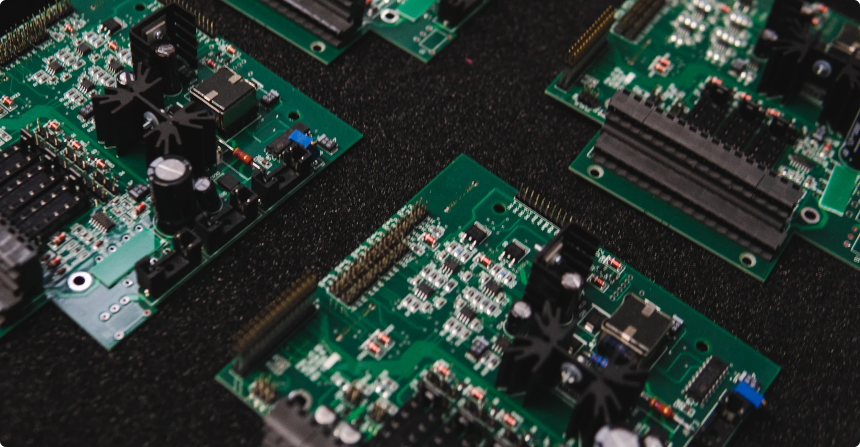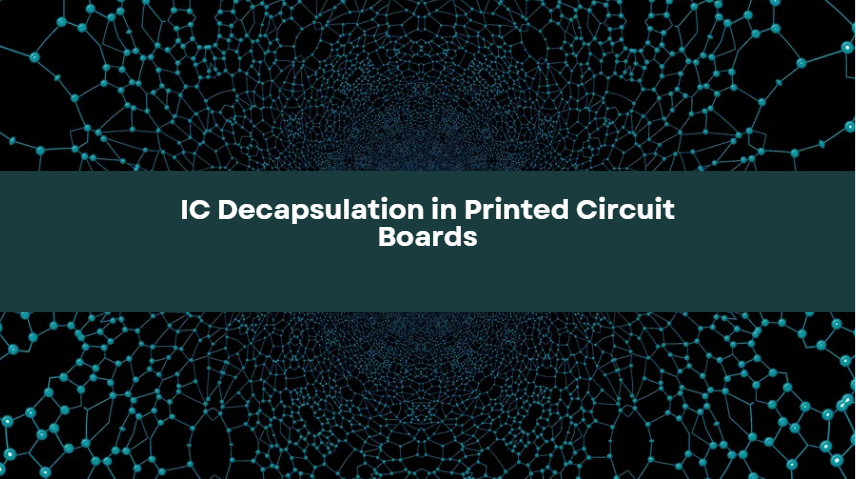Unlocking Efficiency with IC Decapsulation in Printed Circuit Boards
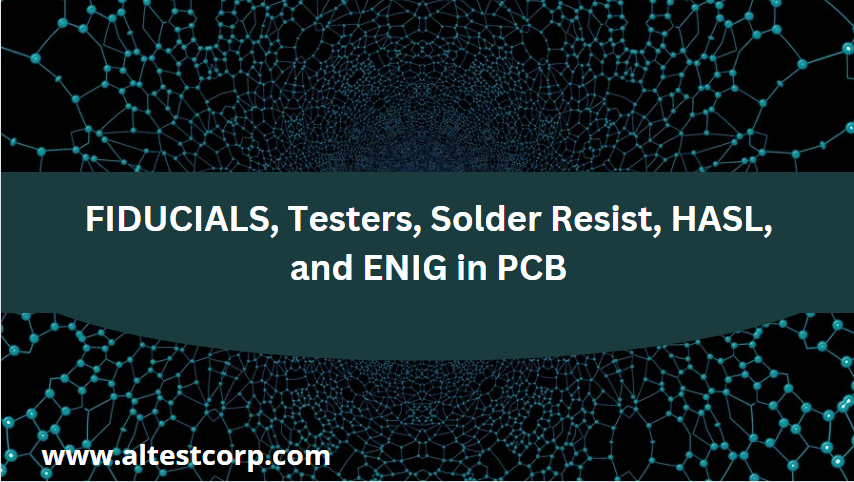
Admin, February 13,2024
Fiducials, Testers, Solder Resist, HASL, and ENIG in PCB
Fiducials, Testers, Solder Resist, HASL, and ENIG in PCB
A high-volume PCB production involves fiducials being placed on PC edges, stencils, or panels. Its basic purpose is to help in the PCB components’ pick and place process. Let’s look at the role of fiducials PCB in this regard. Manufacturers also add fiducials on the PCB array.
Fiducials on PCB Edges
It is a common practice to place fiducials on the edges of a circuit board. Generally, manufacturers place them close to the mounting holes. They are in the form of copper dots 1mm in diameter, which refer to global fiducials because they help check the orientation of the whole board. You can see the local fiducials near BGAs or clusters of dense parts to additionally verify the board orientation.
Moreover, either the PCB designer or fabricator can place fiducials. The assemblers use them for PCB alignment if they are already marked.
The Panel Fiducials
You will often see fiducials on the panels to show the measurement of orientation during PCB fabrication. Hence, you have to place them on the edges of the panel close to the tooling holes.
The panel fiducials or orientation marks are independent of PCB fiducials.
Stencil Fiducials
You need stencil fiducials to align the stencil with the pad to ensure the correct application of the solder paste. They are just like PCB and panel marks, however, they are different in quantity. The solder paste stencil requires just global fiducials, so you won’t see any local marks. Generally, the assemblers design the stencils, however, engineers have to specify the marks.
Fiducials in the Case of Automated Dispensing
In a large production, solder pasting involves a machine to automate the paste. So, in such a case, the machine uses copper fiducials to determine the alignment. This step does not involve any tools for stencil removal. So, your PCB fiducials have different dimensions that both the designer and manufacturer should understand.
Solder Resist in a PCB
There are many essentials of a circuit board, including solder resists. Also known as a solder mask, the main purpose of solder resist is to block the solder from attaching to unwanted areas on the board. PCB needs solder in certain areas, so the rest of the PCB needs solder masks.
The entire strategy of covering the PCB with resists is to prevent solder bridges that lead to short circuits. Advanced boards are often too smart with thin tracks having pins closed to each other and can create short circuits but solder masks can prevent it.
Solder resist also provides an extra layer to protect the PCB other than just eliminating small bridges and short circuits. It becomes an insulation, preventing the board from rust and corrosion.
Hence, solder resists make a circuit board more reliable. Generally, engineers use a resin coating as a solder mask having green or some other colors like blue or red.
How To Apply Solder Resist
The traditional solder resist technique does not suit SMT( surface mount technology). Hence, manufacturers prefer the LPI (liquid photo imageable) solder mask. Initially, it used to be a combination of a stencil pencil and a silkscreen, but the LPI performs coating and imaging separately. The technique involves an epoxy resin to coat the entire PCB, keeping it 30 microns thick on a bare board, and 20 microns on the copper paths. When the epoxy resin gets dried, you have to expose it to the image to create a solder resist design on the board. Then you have to pass the board through heat to cure it to ensure a durable mask.
HASL Vs ENIG
Printed circuit boards have to go through finishing before they appear in the market. The finish protects the surface copper during assembling and soldering. Two popular methods, in this case, are HASL and ENIG which we will discuss here.
HASL- Hot Air Solder Leveling
It is a metallic finish having 63% tin and 37% lead that gets dissolved during soldering. It is a cost-effective option and suitable for ordinary boards.
HASL Technique
In HASL, the technician immerses the board in a mixture of lead and tin, covering the copper surface. Then he levels the surface by removing additional solder with a leveler. Hot air knives act as levelers, in this case, and must be used at a high pressure. The process provides a uniform finish to protect the copper traces from corrosion until the board reaches its final assembly.
Positive Aspects of HASL
To understand HASL Vs ENIG you should know the benefits of HASL. So, let’s begin:
- Hot air solder leveling is cheaper than other finishing methods.
- You can repeat the HASL without any issues.
- It provides corrosion resistance for copper.
- It helps have high-end solder joints, making soldering functional.
- It provides excellent wetting in different manufacturing processes, including soldering.
- You can use HASL for a lead-free PCB.
- HASL reduces the chances of damage in the circuit boards.
Negative Aspects of HASL
Like every element, HASL has its drawbacks and limitations, such as:
- HASL is not as environmentally friendly as other finishing techniques, so you can’t use it globally.
- Its thickness is not even, hence, it is not ideal for an SMT assembly method.
- It is not compatible with the plated through-hole.
- HASL causes thermal stress, resulting in PCB damage. Such a drawback makes it less preferable among engineers.
When Does HASL Become Your First Choice?
Even though there are several other technologies, you have to prefer HASL in certain situations, because:
- HASL is cost-effective and, hence ideal for low-budget projects.
- Other technologies are not as easily available as HASL.
- The HASL process is simple to manage, unlike other complicated methods.
ENIG in Printed Circuit Board
ENIG is an abbreviation of Electroless Nickel Immersion Gold, and it is getting popular with time. It goes well with the lead-free fabrication or where you need a flat and smooth finish.
The Process
ENIG technology involves two steps. The first step includes the application of a nickel finish onto copper using an electroless technology.
The second step involves a gold finish that covers nickel, preventing it from corrosion caused by oxidation.
Positive Aspects of ENIG
- ENIG is free from lead that’s why it is a long-lasting finish.
- It goes well with PTH (plated through-hole) as it provides a flat surface.
- It is economical, unlike several other finishing techniques.
- You can have hassle-free soldering with ENIG.
Negative Aspects of HASL
Like other technologies, ENIG has its drawbacks and limitations, such as:
- ENIG has a complex process, unlike HASL, hence reworking is not that easy.
- ENIG can cause weak signals that occur due to prolonged use of PCB.
Apart from a few drawbacks, you cannot deny the benefits of ENIG.
When to Choose ENIG
Other than the above benefits, ENIG is ideal for situations where you want to avoid oxidation. Moreover, there is minimum contact resistance if you use this technology.
It is highly durable and is anti-friction, so it becomes the first choice where you need a long-lasting finish.
So, when it comes to HASL Vs ENIG, you will see both advantages and disadvantages. The fact is that the nature of the project and the situation determine the kind of PCB finish. Choose HASL when you need a readily available and economical finish. Whereas go for ENIG when you need a corrosion-free surface with a long life.
Role Of Testers In Circuit Boards
PCB manufacturing is complex and does not always promise a perfect final product. Experts have to test a circuit board before sending it to the market. Any faulty board can lead to a poor device, hence understanding a PCB tester is essential.
Benefits of PCB Tester
- Testing a circuit board beforehand can prevent you from costly repairs.
- Timely PCB testing can make manufacturers reliable in the industry, so their customers trust them.
- PCB testing promotes a bulk sale, increasing your business.
- There is less wastage as you do not need to test a complete project.
Types of PCB Testers
There are different types of PCB testers that you can use according to your project and budget. Some popular types are as below:
1-Visual PCB Tester
It involves checking your PCB with bare eyes or you can do it with a magnifier. It is cheaper than other testers and involves less time. However, you can not test concealed joints, in this case.
2-Virtual Inspection
A virtual PCB testing is ideal for testing short circuits. The flow of current in a PCB gets slow when there is a short or open circuit, so a virtual test can help you check the whole surface.
3-Voltage Tester
The voltage test will help you measure the current in the entire board. Hence, an early inspection can prevent you from having a faulty PCB.
PCB Testing Methods
There are different PCB testing methods, including:
- Bed-of-nails or in-circuit test
- Flying probe test or fixtureless in-circuit test
- AOI or Automated Optical Inspection
- Operational life or PCB aging test
- X-ray test
- Functional test of PCB
Conclusion
There are different aspects of a printed circuit board, including its design, manufacturing, assembly, finishing, etc. Both designers and manufacturers should work on all aspects to create a reliable board.
YOU MIGHT ALSO LIKE
Share:
